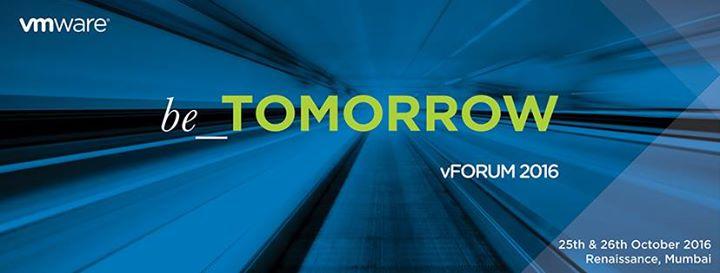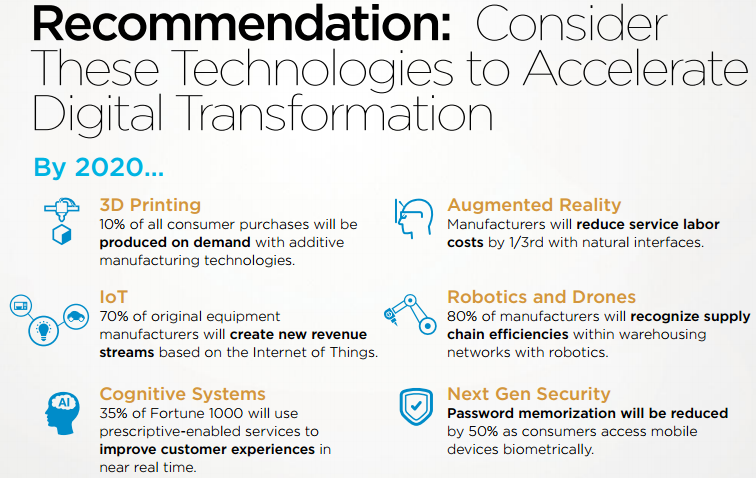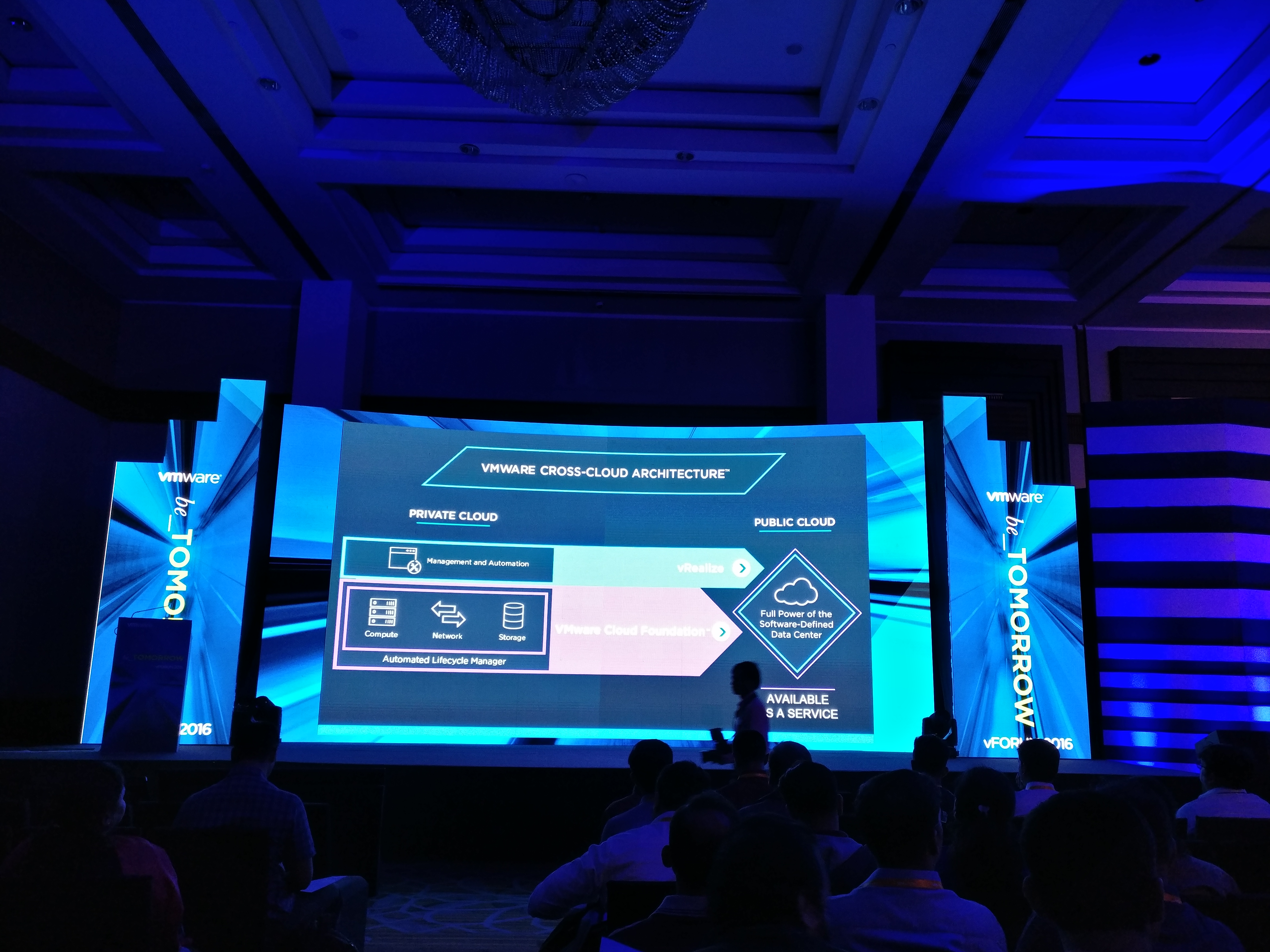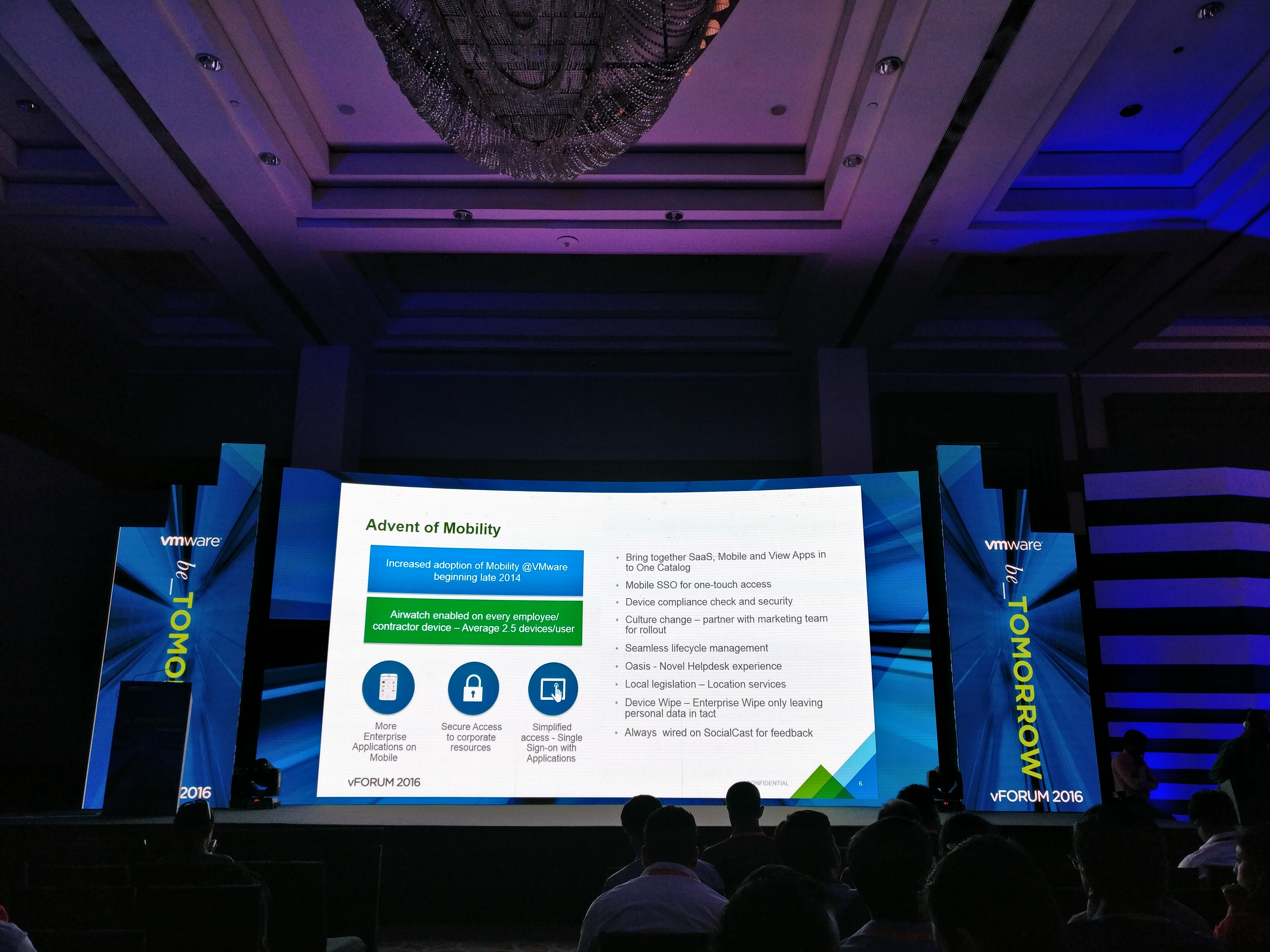Mobility and Digital Transformation are no longer just buzz-words and it is very difficult for individuals as well as organizations to ignore them! In fact, having a long-term as well as sound Digital Strategy has become one of the key agendas’ for any organization. Existence of technologies like hyper-connectivity, IoT, smart devices, drones, VR, AR, cloud computing, etc. are acting as the key pillars of connected growth. In such a connected world, organizations are having access to huge amount of data that can then be leveraged to transform them into tangible actions.

Some of the growing challenges of Digital Transformation are below:
1. Increasingly complex environments and the growing need for efficiency
2. New cyber-security threats everyday
3. Support both existing and new apps/services/frameworks
Keeping your website’s up-time optimum, keeping data at the back-end secure and ensuring that it functions smoothly is very important in this age where information spreads like fire and can adversely affect your business if these factors are not handled with care.
VMWare, a subsidiary of Dell Technologies that provides cloud and virtualization software and services made a plethora of exciting announcements at the recently concluded vForum 2016 that was held in Mumbai. It aims to revolutionize and optimize businesses via it’s products in areas of Private Cloud, IoT, Enterprise mobility management (Air Watch), Network virtualization (NSX), Software defined data centers, etc.

Some of the major highlights and announcements from vForum 2016 are below:
Adopting digital route using VMWare’s Cloud infrastructure
As per a study by IDC, only 20% of traditional businesses are leading in the digital transformation and Culture & Technology are the key factors that differentiate the leaders from the laggards. From a culture perspective, leaders rewrite the rules and from the technology perspective, they consider the mobile-cloud core to their business.
Using VMWare’s Cross-Cloud Architecture, customers can run, manage, connect and secure their applications across clouds and devices in a common operating environment. VMWare’s Software Defined Data Center (SDDC) strategy ensures that all the elements of infrastructure namely network, storage, security, etc. are abstracted from the user and are delivered as a service [Source*].
John Gilmartin, VP & GM at VMWare stressed upon advantages of Public-Private Cloud, ease of setting up a private cloud in less than two hours, reduced over-head cost and power consumption, design of Virtual SAN w.r.t high performance & scalability.
Organizations, irrespective of their size can utilize VMWare’s secure cloud infrastructure to simplify their IT infrastructure and take the digital route.

vSphere 6.5 is considered as a turning point in VMWare infrastructure security. It is built on three basic principles:
Comprehensive built-in security – This is possible via Secure access (using Audit-Quality logging), Secure Infrastructure (Secure boot) and Secure data (using VM level encryption).
Superior performance and scale – As shown in the snapshot below, vSphere 6.5 is 6x times faster than it’s predecessors.

Universal App platform – Stressing on the need for Digital work-spaces, growing focus on mobility and meeting the demands on diverse set of customers; vSphere 6.5 has a universal app platform for running any application.
It also supports new REST APIs and provides a simple method to migrate from Windows to any Appliance model.
Since the average cost of data breach is around USD 4 million [Source], security is the central focus in vSphere 6.5 due to which there is micro-segmentation level security in NSX.
Partnerships with Amazon Web Services, Skype for Business
VMWare announced that it is collaborating with Microsoft for Skype for Business where VMWare would ensure that Skype is able to deliver the best user experience using it’s Horizon platform. VMWare also announced it’s strategic partnership with Amazon Web Services. This new offering will allow customers to leverage their existing investments in VMware skillsets and seamlessly take advantage of the flexibility and economics of the AWS Cloud [More].
Tech talk on NSX, PowerCLI
VMWare NSX is the network virtualization platform for the Software-Defined Data Center (SDDC). In NSX, entire network stack is abstracted from the user and is moved to the software level and it’s goal is to reproduce all Network and Security services in the Logical Space. It is at the core of the SDDC approach.
Below components are all moved to the logical space:
1. Switching (DHCP Server or Relay, DNS)
2. Routing/NAT (Distributed or Centralized)
3. Firewall (Distributed or Centralized)
4. Load Balancing (InLine or OneArm)
5. L2 & L3 VPN (L2VPN, Site to Site, SSL VPN)
Since, all the changes are done in the logical space hence no modifications are required in the VMs. More information about VMWare NSX can be found here
VMWare vSphere PowerCLI provides an easy to use Windows PowerShell interface for command-line access for creating executable scripts or for administration tasks. It follows the Noun-Verb structure where the Verb represents the action and Noun represents the object on which to operate. All command categories take parameters and arguments. More information about vSphere PowerCLI can be found here
More announcements
Within a span of 2+ years, VMWare Virtual SAN (Storage Area Network) is the widest deployed HCI Solution and has scaled to more than 5000+ enterprise customers!
The staggering figures of VMWare Private cloud are below
VMWare India has around 4,000 employees and has offices in six locations, with R&D centers in Bengaluru and Pune. VMWare registered revenue of USD 6.6 billion in 2015 and has over 50,000 customers and 75,000 partners worldwide [Source]
We started this article with Importance of Digital Transformation, hence if your organization aims to accelerate the Digital journey, consider using these technologies that are front-runners to drive that strategy!

The complete guide for acceleration of Digital Transformation can be found here
For further updates on vForum 2016, please visit vForumIN on Facebook, vForum on Twitter





